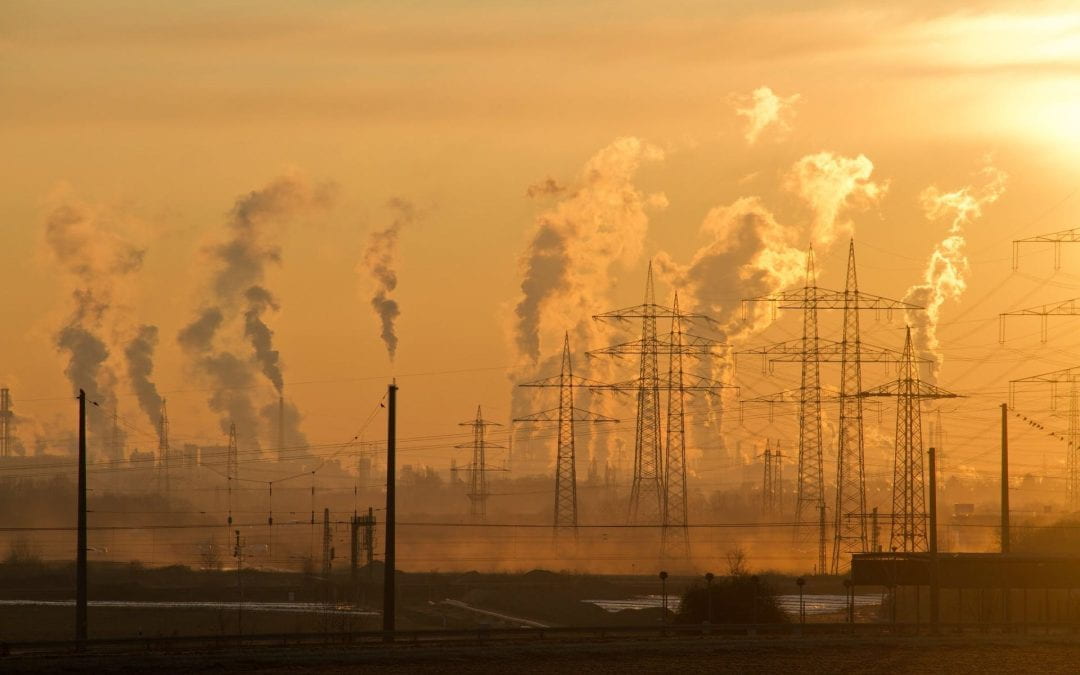
China’s Greenhouse Gas Surge: A Climate Challenge
Addressing the global challenge of greenhouse gas emissions is imperative, with gases like CO2, CH4, and N2O significantly impacting our environment. These gas trap heat, contributing to global warming and climate change, with consequences extending to poor air quality, health issues, and disruptions in temperature and precipitation patterns.
Why address the issue in China specifically?
The focus on China is crucial as it plays a pivotal role in this challenge, contributing 27% of global CO2 emissions and one-third of the world’s greenhouse gases. These compelling statistics, sourced from a recent World Bank report, emphasize the urgency of recognizing and addressing China’s role. Crafting effective global strategies for mitigating greenhouse gas emissions requires a nuanced understanding of China’s significant impact on this critical issue.
![]()
Charts:
The below line chart illustrates China’s greenhouse gas emissions in kilotons of CO2 equivalent from 2005 to 2020. The graph depicts a consistent upward trend, starting at nearly 7.3 million kt in 2005 and reaching 13 million kt in 2020
![]()
The following map offers a comparative analysis of greenhouse gas emissions between China and other nations in 2020. The stark contrast is evident, with China recording almost 13 million kt, while Russia stands at 2.3 million kt, Brazil at 1.6 million kt, the USA at 5.5 million kt, and Canada at 6.7 million kt. These figures underscore the alarming magnitude of the issue emanating from China.
Contributing Factors to China’s Environmental Impact:
1) China as Global Manufacturer: As the world’s largest manufacturer, China’s robust industry and escalating energy demand significantly contribute to emissions. Fossil fuel combustion for energy production and manufacturing processes plays a central role in the nation’s substantial carbon footprint.
2) Agricultural Impact: Methane emissions from livestock and rice paddies contribute significantly to the intricate landscape of greenhouse gas sources.
3) Urbanization and Infrastructure Development: The construction and operation of buildings, roads, and transportation systems play a role in the environmental challenge.
4) Consumption Patterns: China’s growing middle class and consumer culture contribute to increased demand for goods, impacting production-related emissions.
The lifestyle choices and consumption patterns of the population contribute to the overall carbon footprint.
![]()
Comprehensive Solutions for a Sustainable Future:
1) Renewable Energy Transition: Transitioning to renewable energy sources, like wind and solar power, is crucial for reducing reliance on fossil fuels and mitigating emissions.
2) Energy Efficiency Measures: Implementing energy-efficient technologies across industries minimizes emissions in transportation, manufacturing, and construction.
3) Circular Economy Practices: Encouraging a circular economy reduces waste and promotes the reuse and recycling of materials, fostering sustainability.
4) Carbon Capture and Storage (CCS): Investing in CCS technologies captures and stores carbon emissions from industries, playing a key role in emission reduction.
5) Global Collaboration: Collaborating globally on research and technology sharing strengthens efforts to combat climate change effectively.
![]()
Final Thoughts:
The urgency to address this challenge is not just a national responsibility but a global imperative. By adopting sustainable practices, embracing clean technologies, and fostering international collaboration, we can collectively steer the trajectory towards a more environmentally resilient future.
